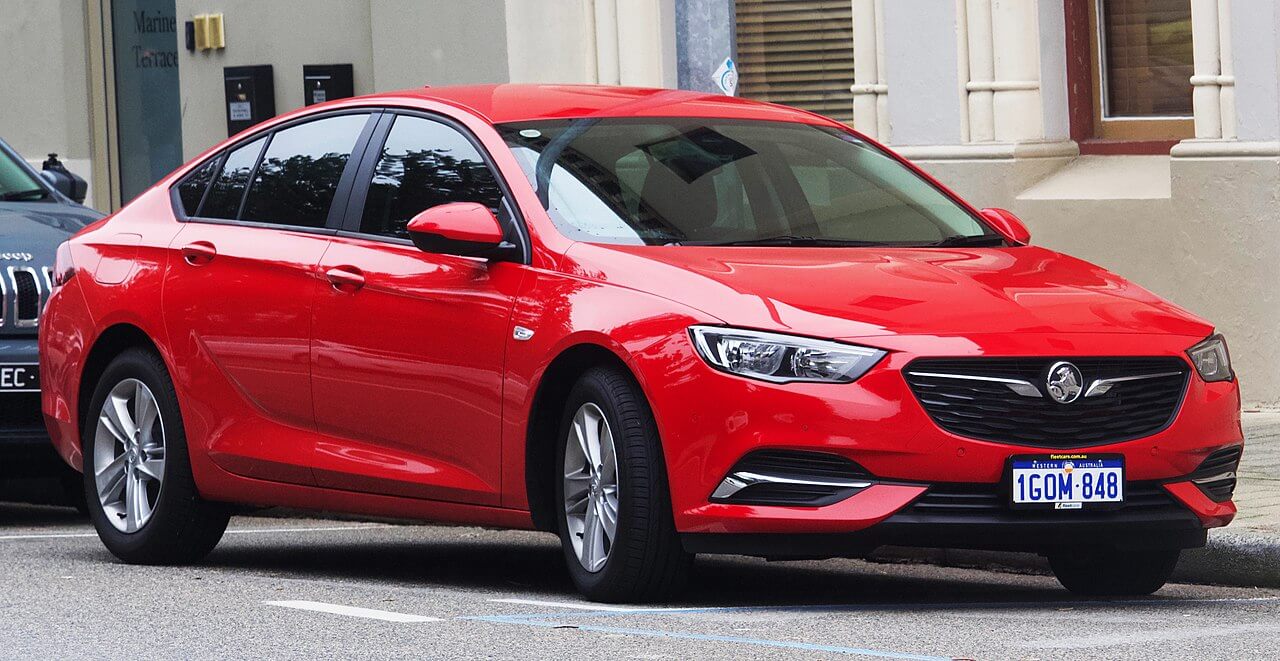On October 20, 2017, the last Holden sedan rolled off the production line in Adelaide, ending 69 years of iconic Australian auto manufacturing. With the closure timed to the minute by stopwatches, an industry that defined the nation sputtered to a halt.
This is the story of how stopwatches meticulously timed and commemorated the bittersweet final day for Holden’s sprawling factories that had catalyzed Australian life for generations.

Holden’s Storied History
Holden traces its Australian origins to 1856 as a saddle manufacturer that evolved into auto body manufacturing by 1914. In 1948, Holden began fully assembling its own vehicles using Australian steel rather than just components.
Through models like the homegrown FX, Holden cars embodied Australian identity. By 1958, Holden ranked as the nation’s top seller for the first time. With high-paying manufacturing jobs and strong sales, Holden anchored communities and came to symbolize prosperity.
But by the 1990s, production costs hampered competitiveness and sales declined. In 2013, General Motors announced plans to close Holden’s last remaining Elizabeth, SA plant in 2017 after five decades of operation.
An Era Draws to a Close
As the closure approached, just 950 employees remained at Holden’s Elizabeth factory. They represented the last of over 40,000 workers who had passed through the iconic plant where sons followed fathers on the line.
On the dreary autumn final day, October 20, 2017, these last stalwart employees prepared to make their goodbyes after dedicating decades to Holden. Raw emotions swirled, yet professional pride endured to the final vehicle.
While an ignominious end for the brand that once permitted Australians’ “Football, meat pies, kangaroos and Holden cars,” they would see the company out in style. Stopwatches timed their last shift down to the final seconds.
The Final Day Dawns
On the factory floor early Friday morning, supervisors synchronized their digital stopwatches in preparation for the carefully planned proceedings. Large screens displayed countdown clocks tracking time remaining.
8:00 am hit and the directive came over radios: “The last day of manufacturing at Holden Elizabeth has now commenced.” Stopwatches clicked on, initiating the 14-hour final countdown.
A press conference and interviews filled the first hour highlighting Holden’s legacy. At 9:03 am, the last Elizabeth-made 6-cylinder V6 engine rolled off the line after stopwatches verified precisely three minutes of work. Applause broke out across the factory.
With military precision guided by stopwatches, the last engine joined the final vehicle bodies moving through the assembly process. Each milestone was timed and celebrated – an orchestrated farewell.
The Last Car
Mid-afternoon, stopwatches timed the final Commodore sedan body enter the paint shop where it would receive a commemorative red and gold scheme.
Workers signed their names on the last hood to be coated. As the clock ticked down, the numbered SS-V Redline sedan emerged to cheers. It was really the end now.
At 2:45 pm, the last Holden exited the paint shop on the back of a driverless vehicle guided by electromagnetic rails. Stopwatched to the minute, it entered the final assembly station.
With six hours remaining, workers spent an extraordinary two hours fastidiously completing final assembly to perfection. Each bolt was torqued and trim panel aligned flawlessly. This last Commodore would represent pinnacle craftsmanship.
Farewell to Australian Manufacturing
At 4:30 pm, Holden’s Elizabeth chapter reached its finale when the last sedan emerged to a crowd of current and retired workers. The line supervisor’s stopwatch clicked off, memorializing the end after 69 loyal years.
Speeches, signs, champagne, and black armbands marked the plant closure that put 950 more Australians out of work. A book of employees’ family stories closed. Though Holden transformed Australia for the better, globalization necessitated unfortunate change.
The last Commodore remains enshrined in a museum representing the brand’s scale and spirit. By precisely timing the last day’s moments with stopwatches, Holden’s workers memorialized the industry that had supported their families since Australia’s postwar boom.
The stopwatches recorded the seconds as an economic pillar and community anchor faded from view. Though the jobs disappeared, the passion, loyalty, and persistence behind Australian manufacturing endure in the nation’s fabric for generations to come. Holden’s people put the finishing touches on an industrial legacy.
